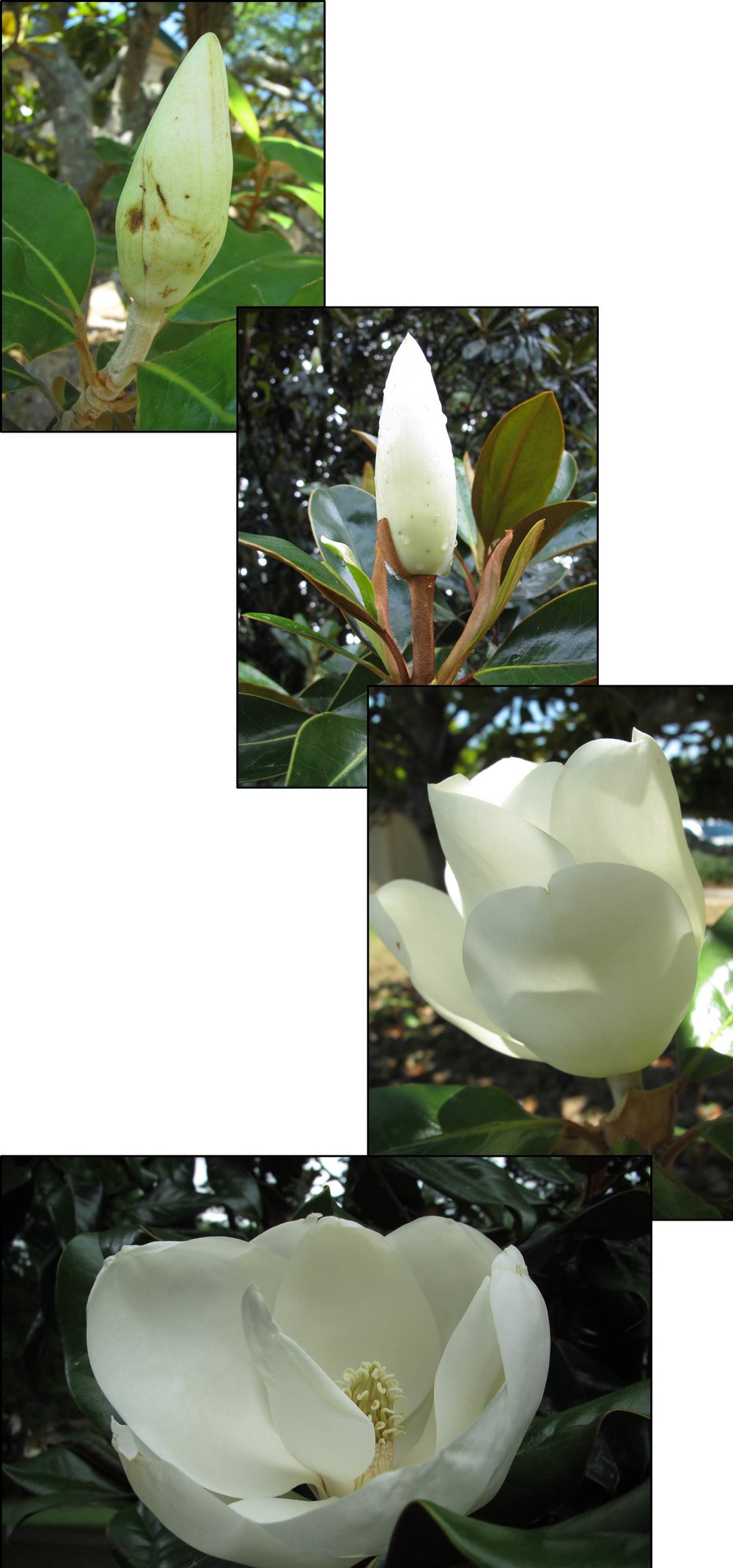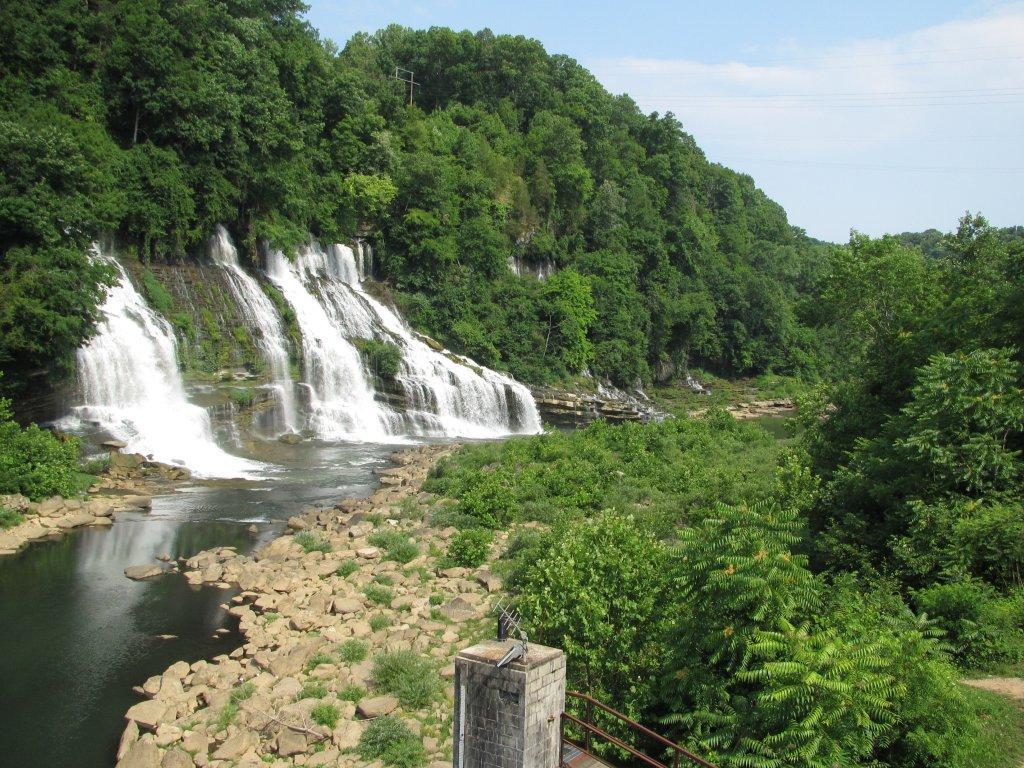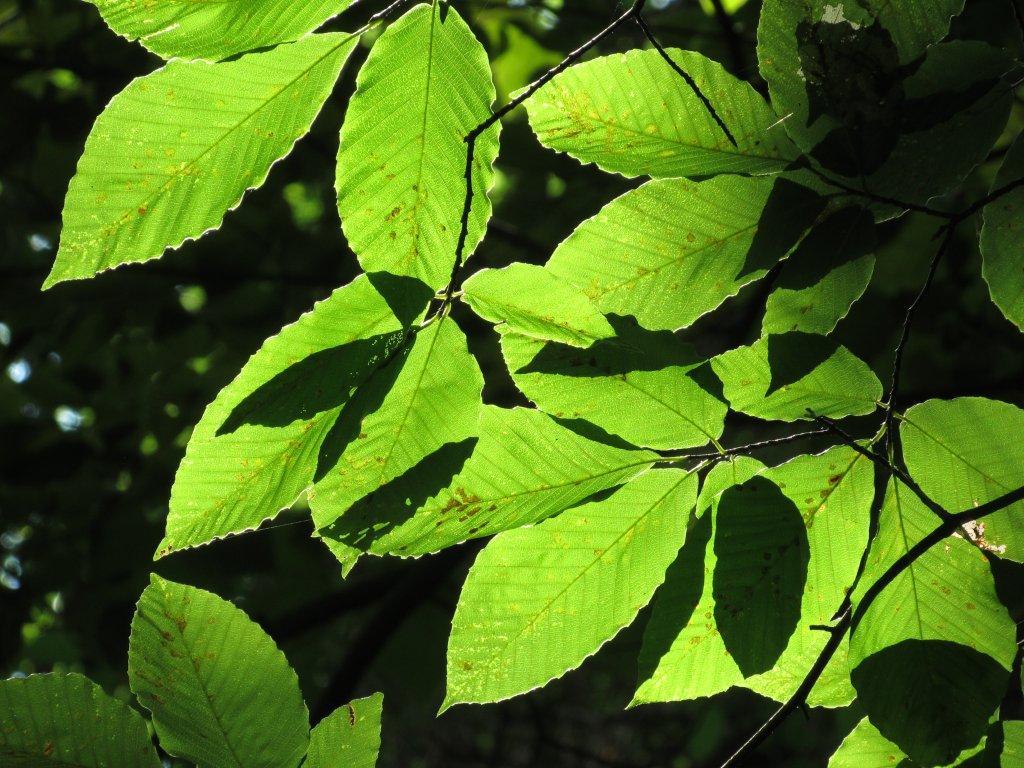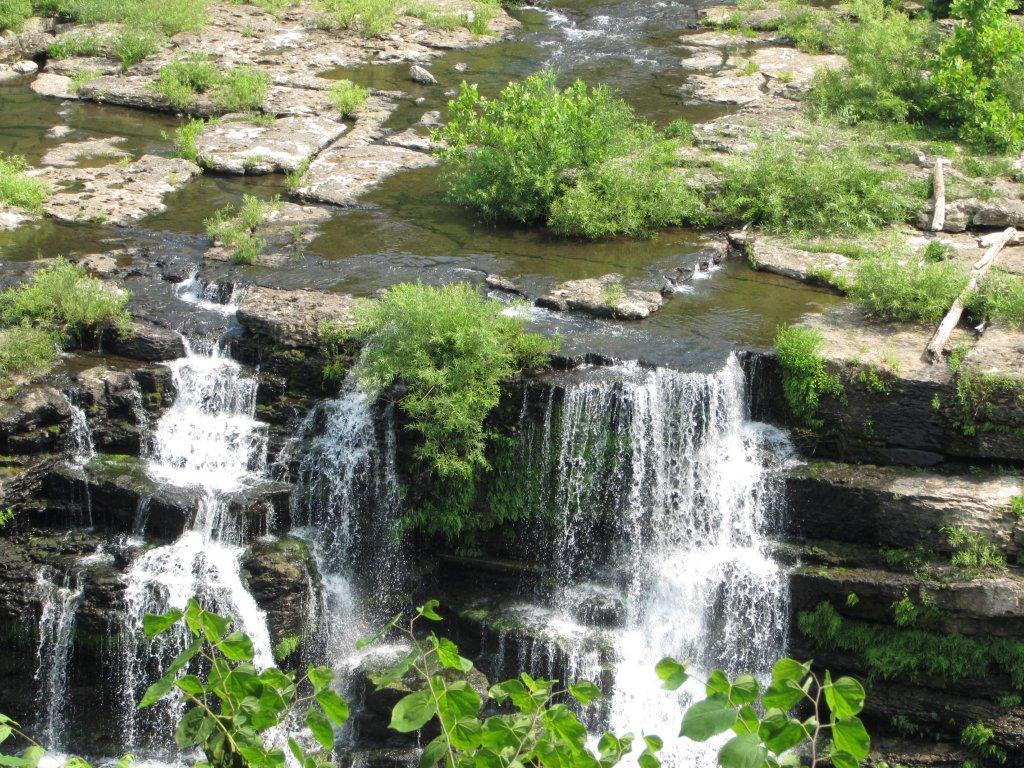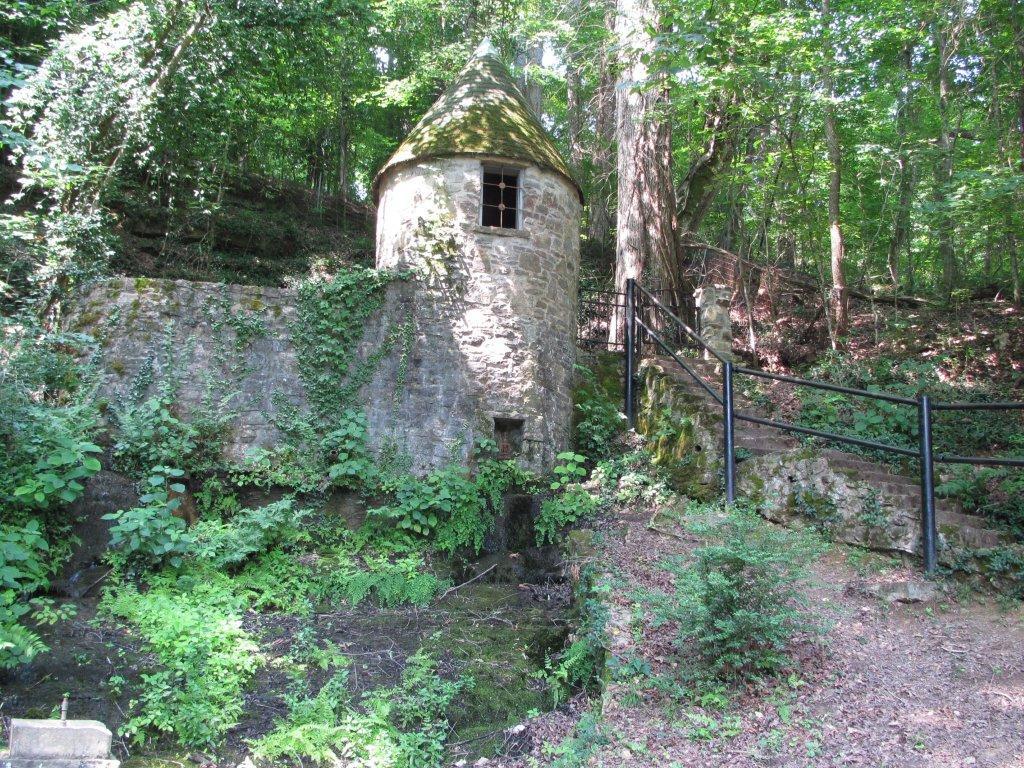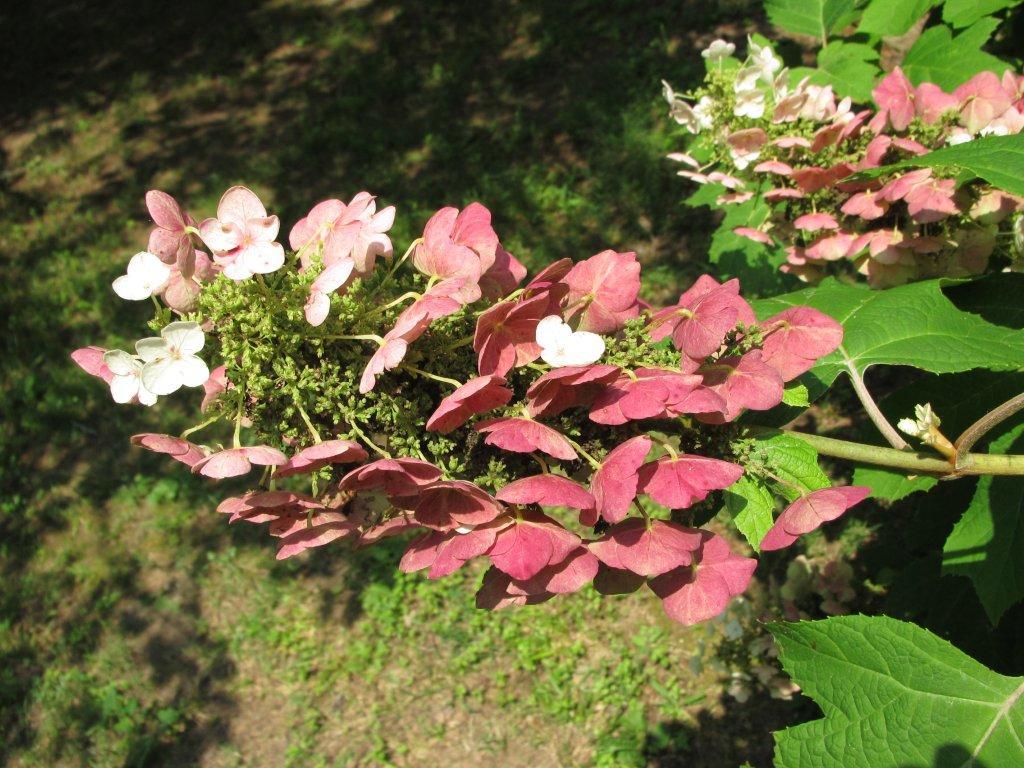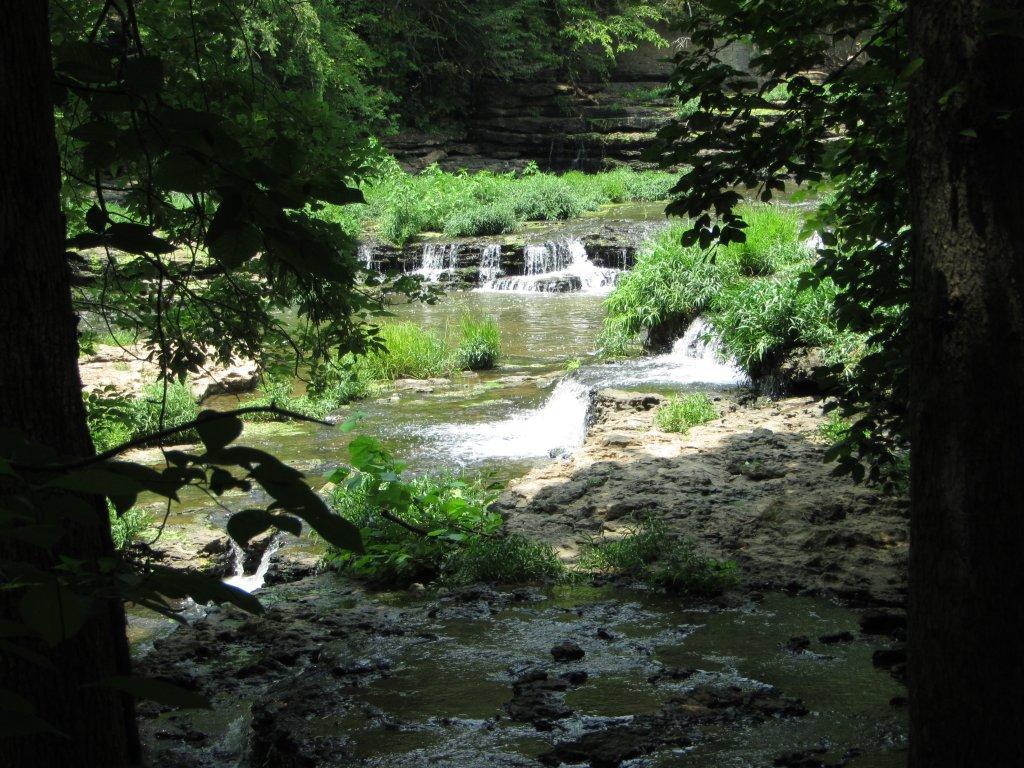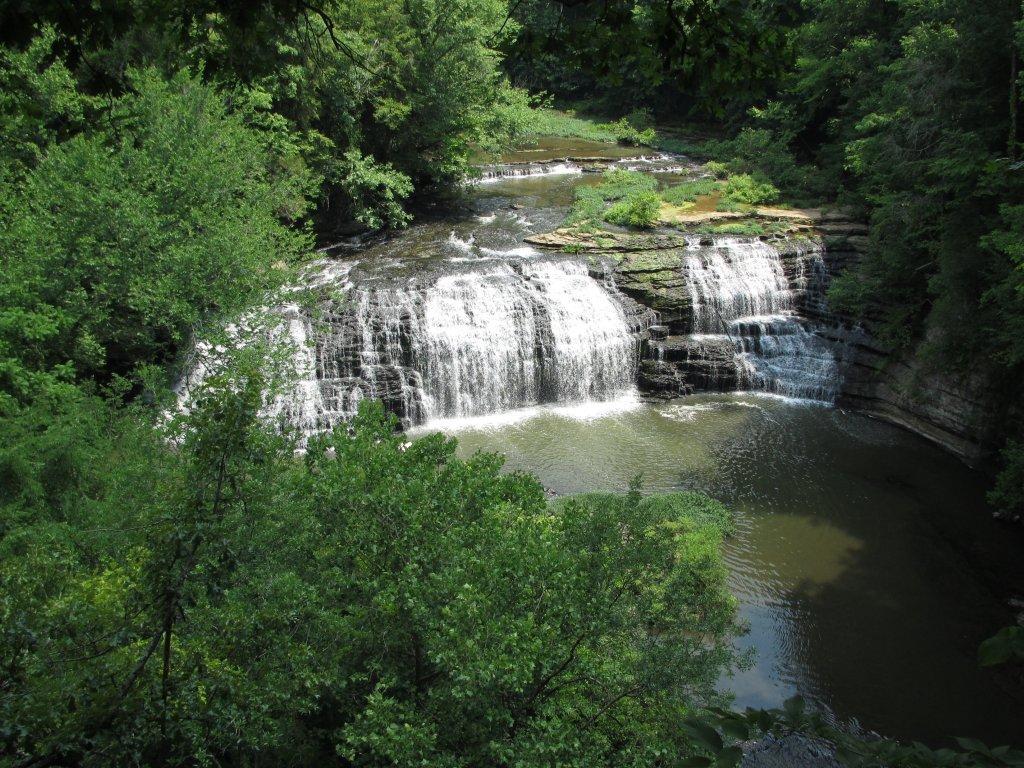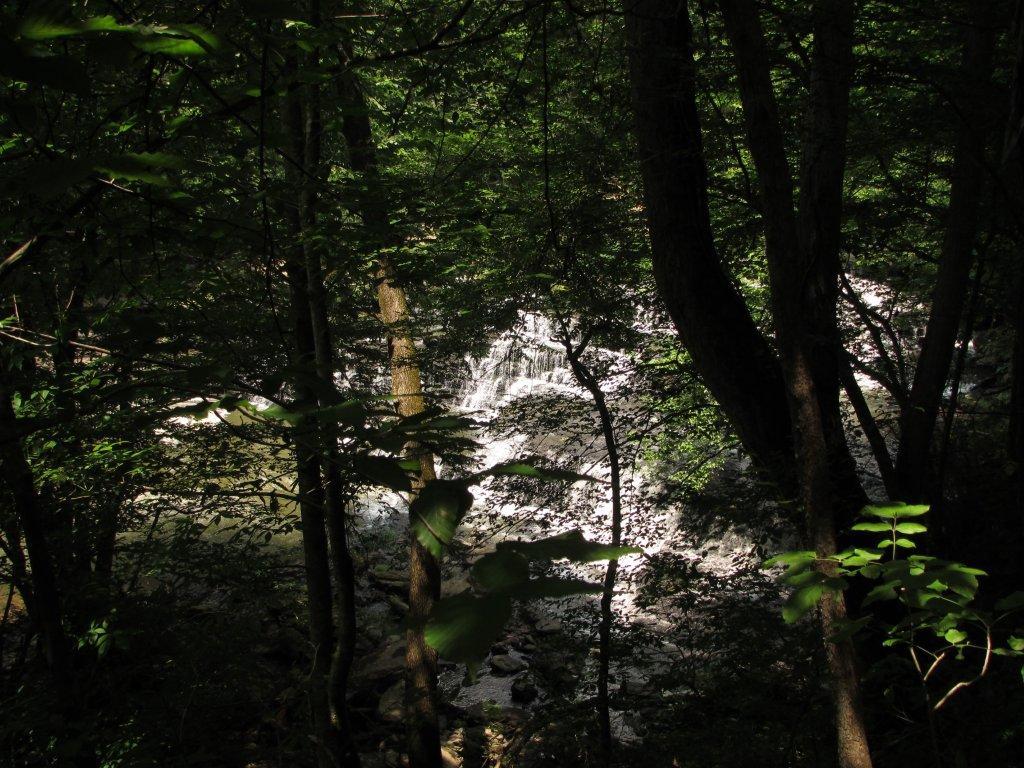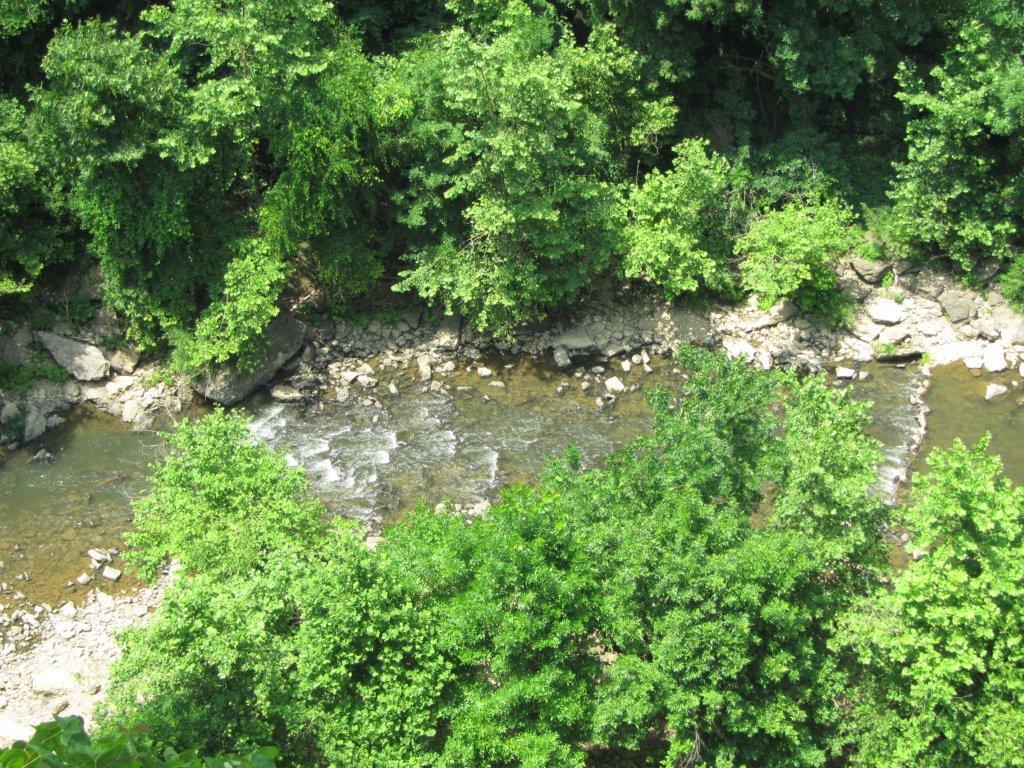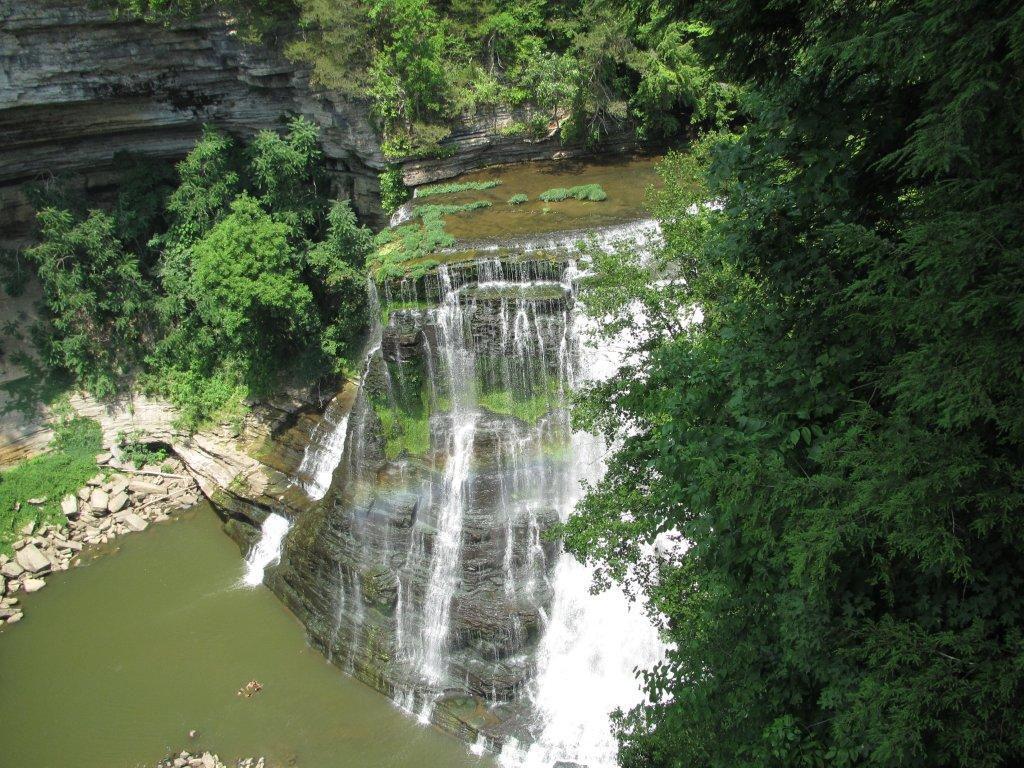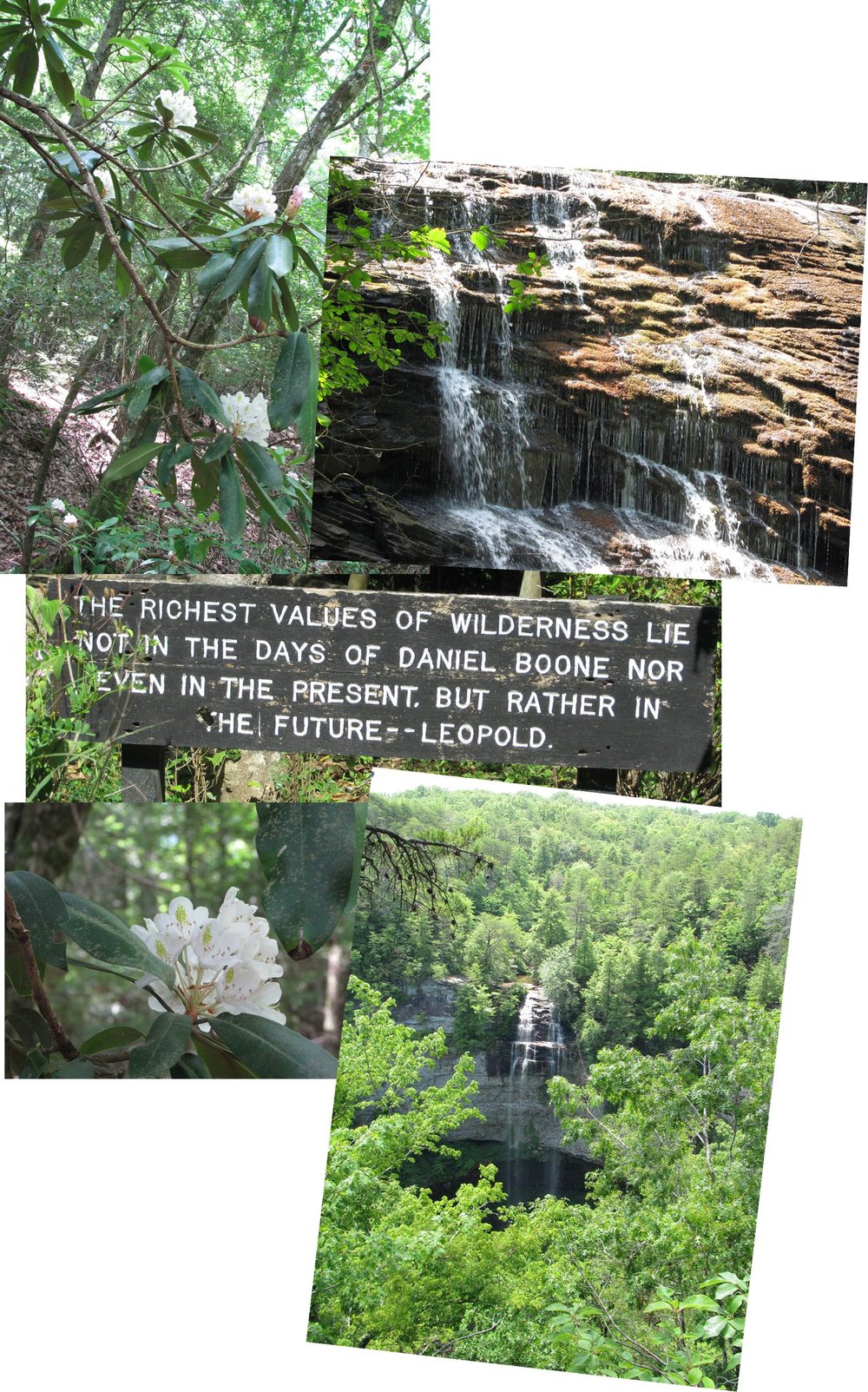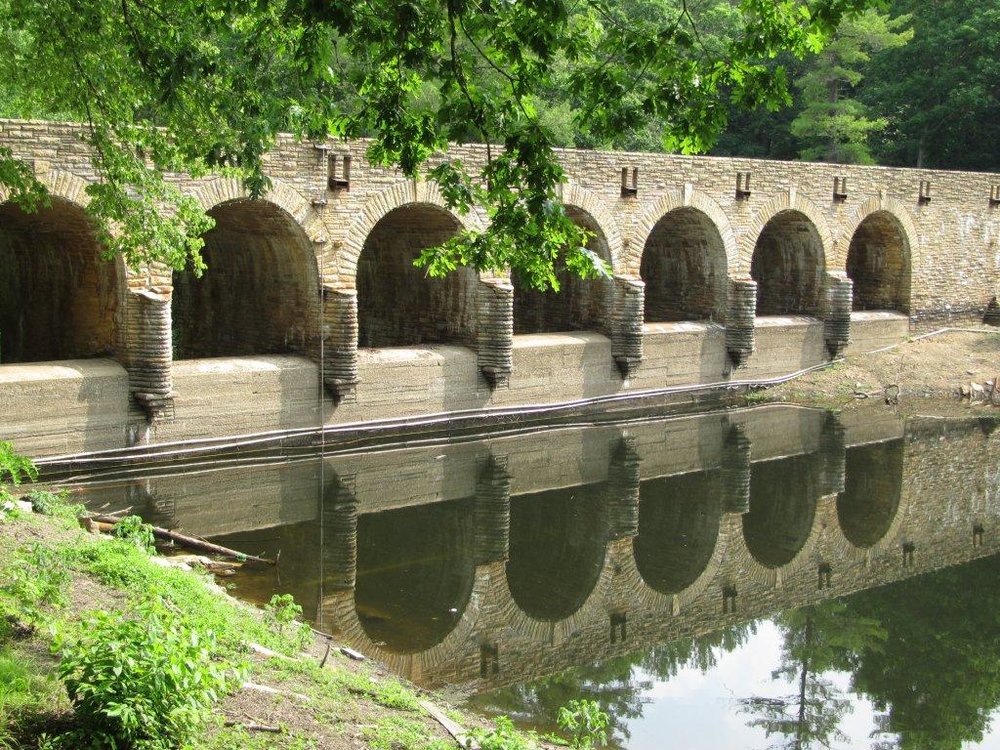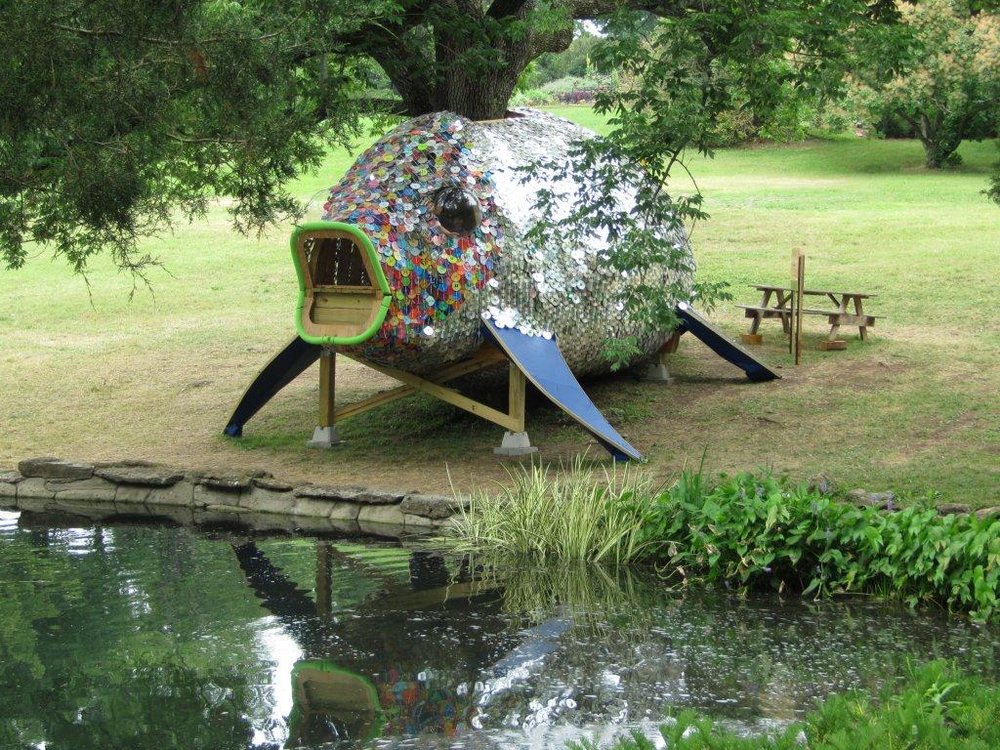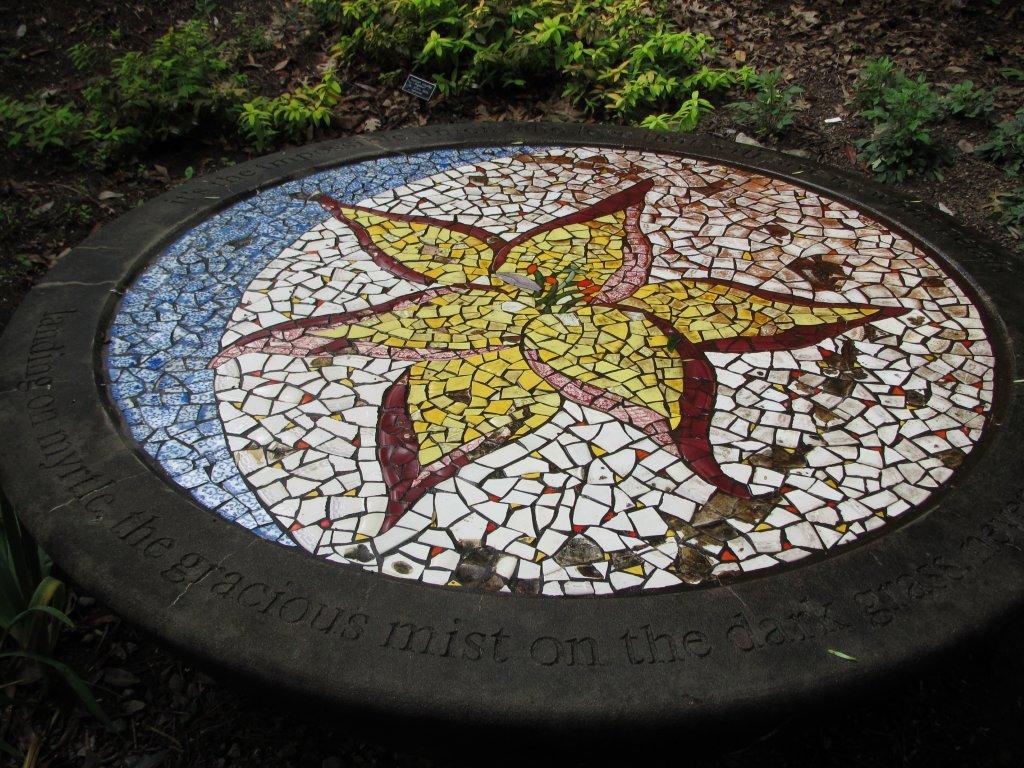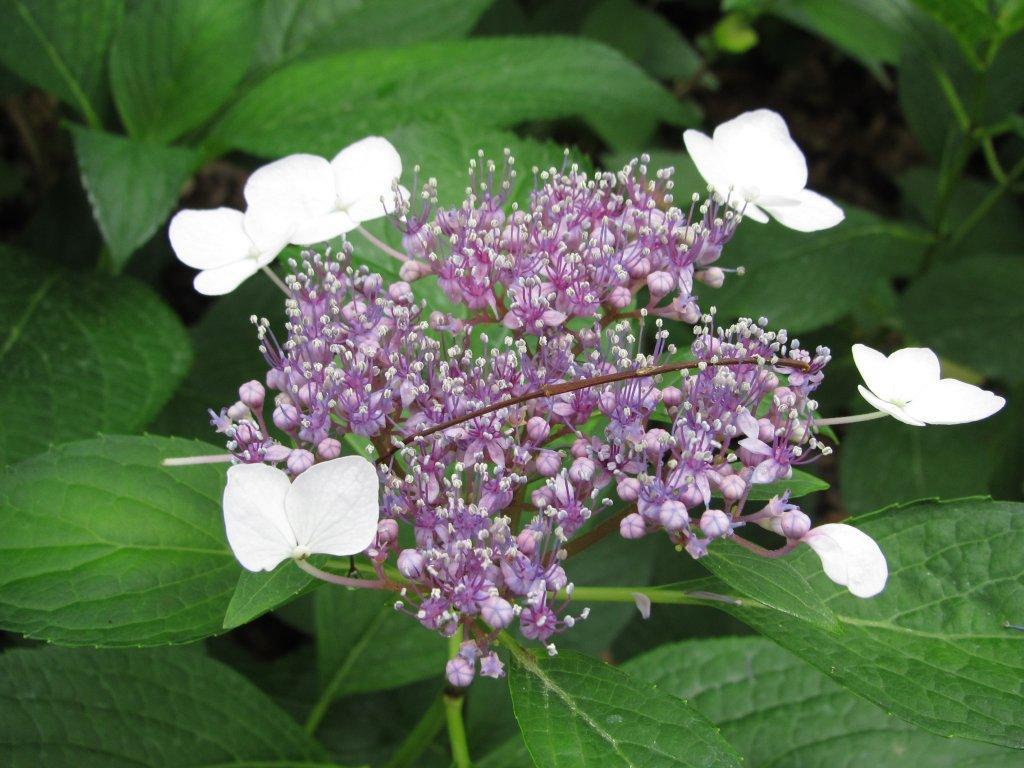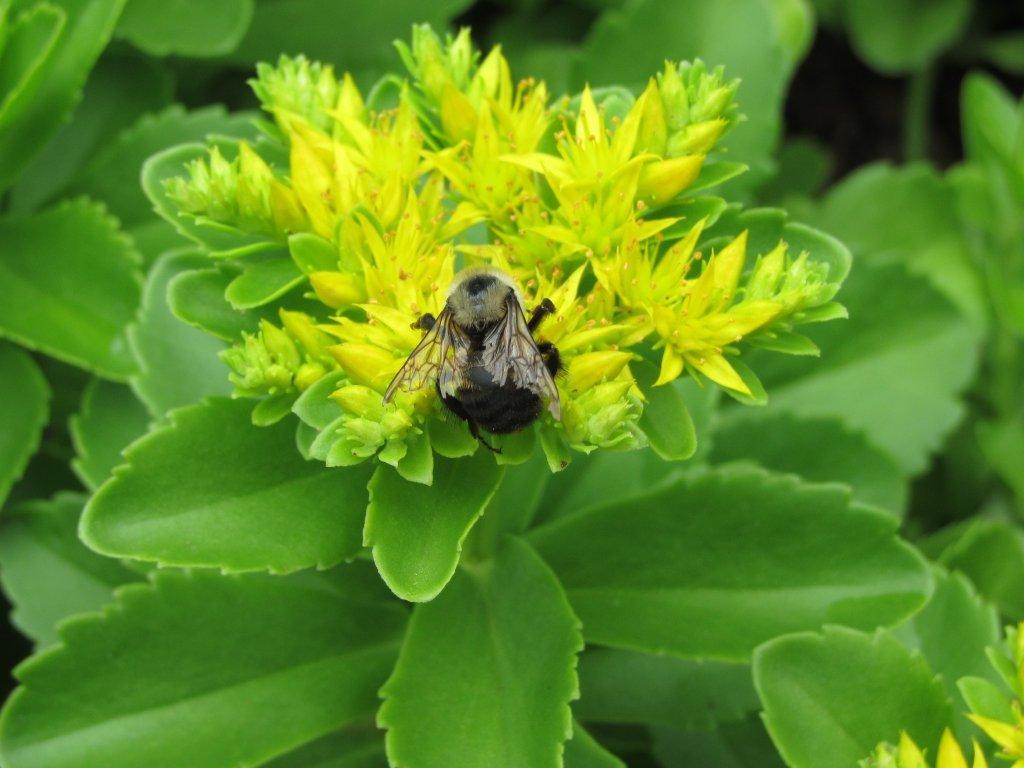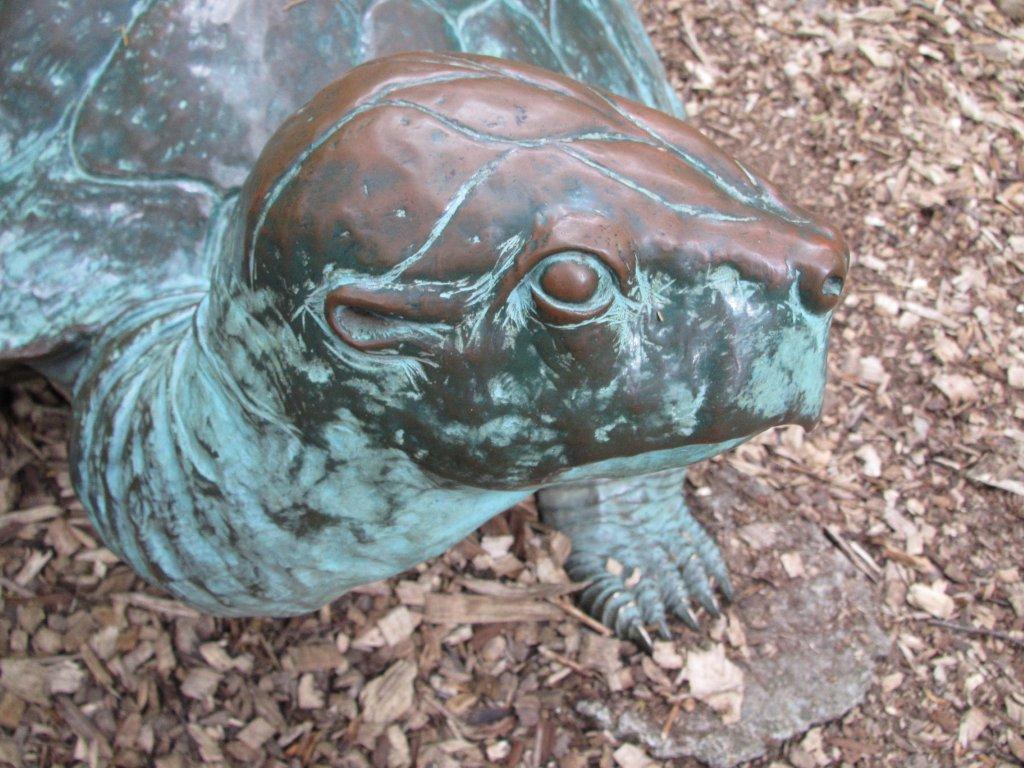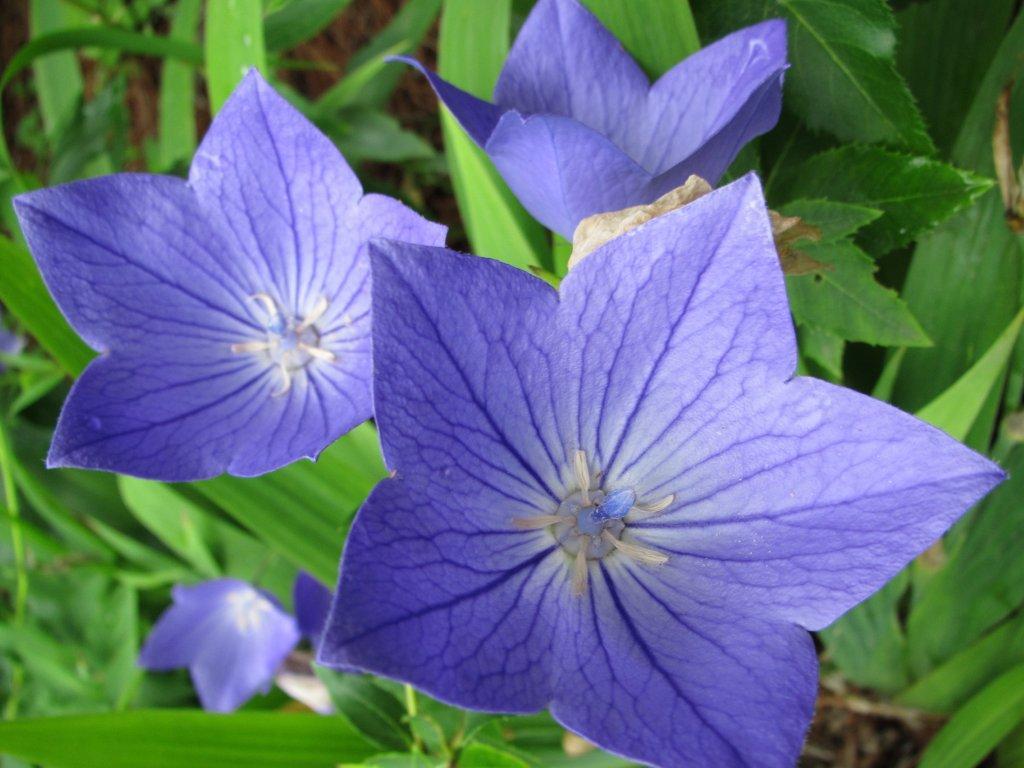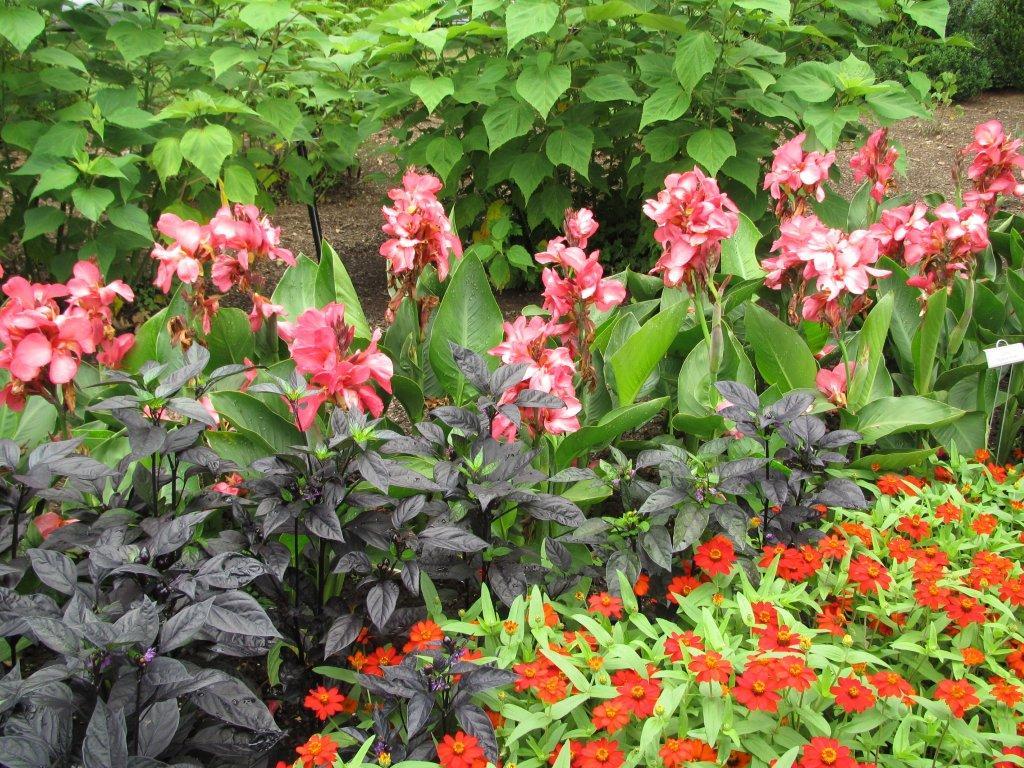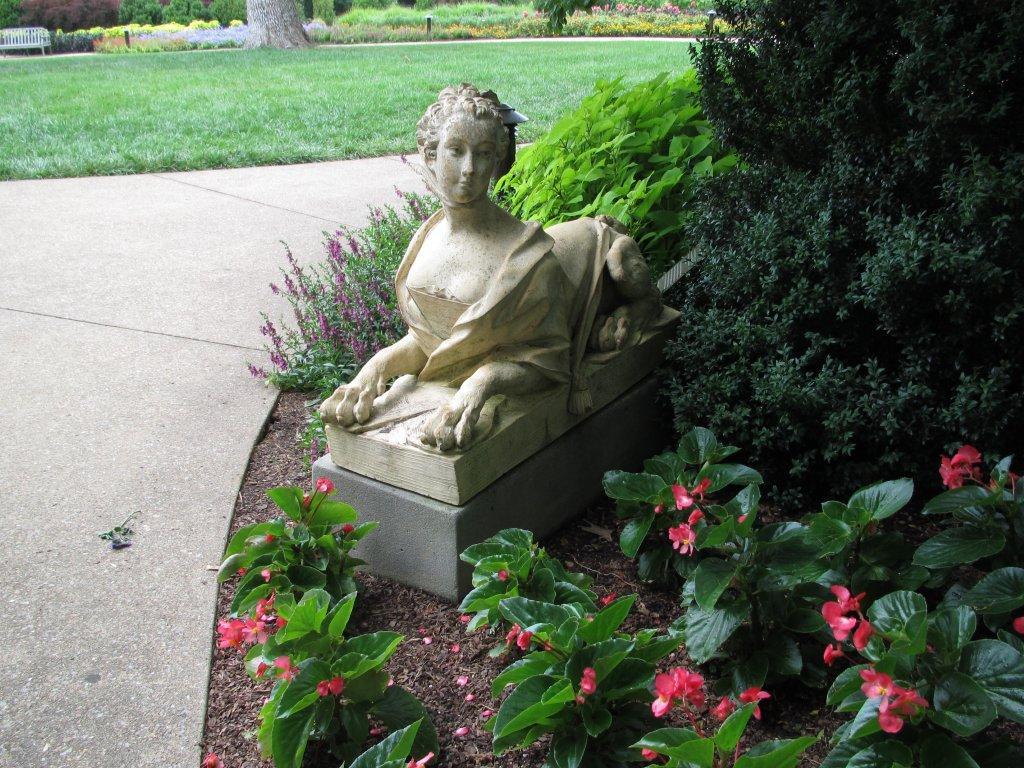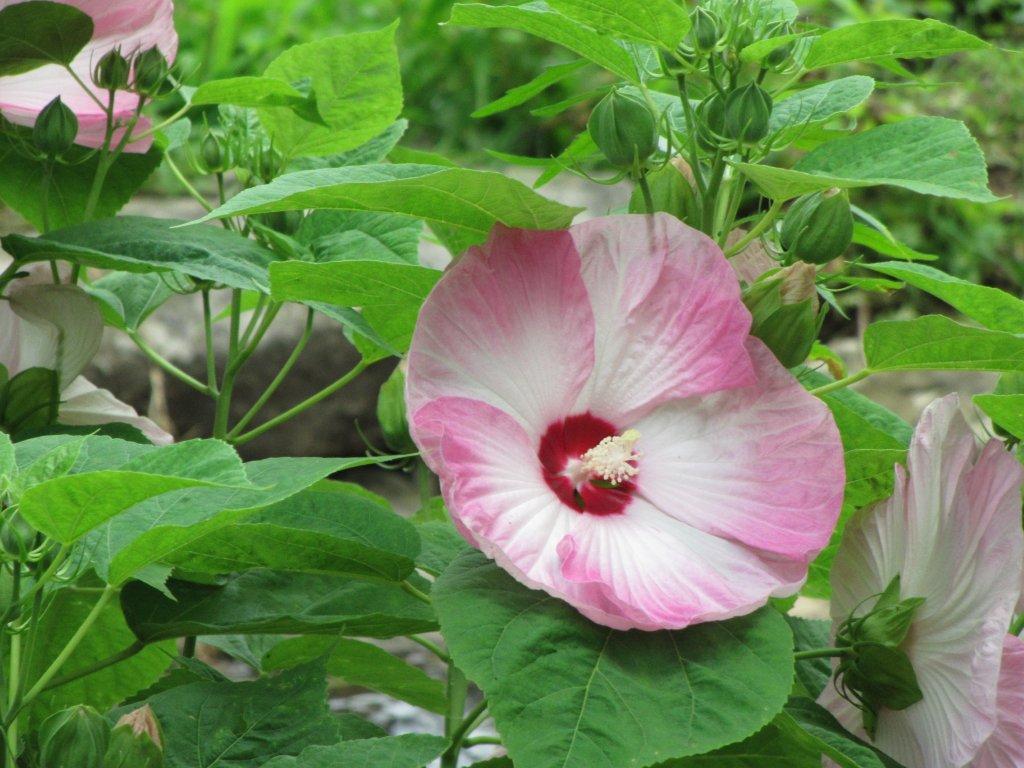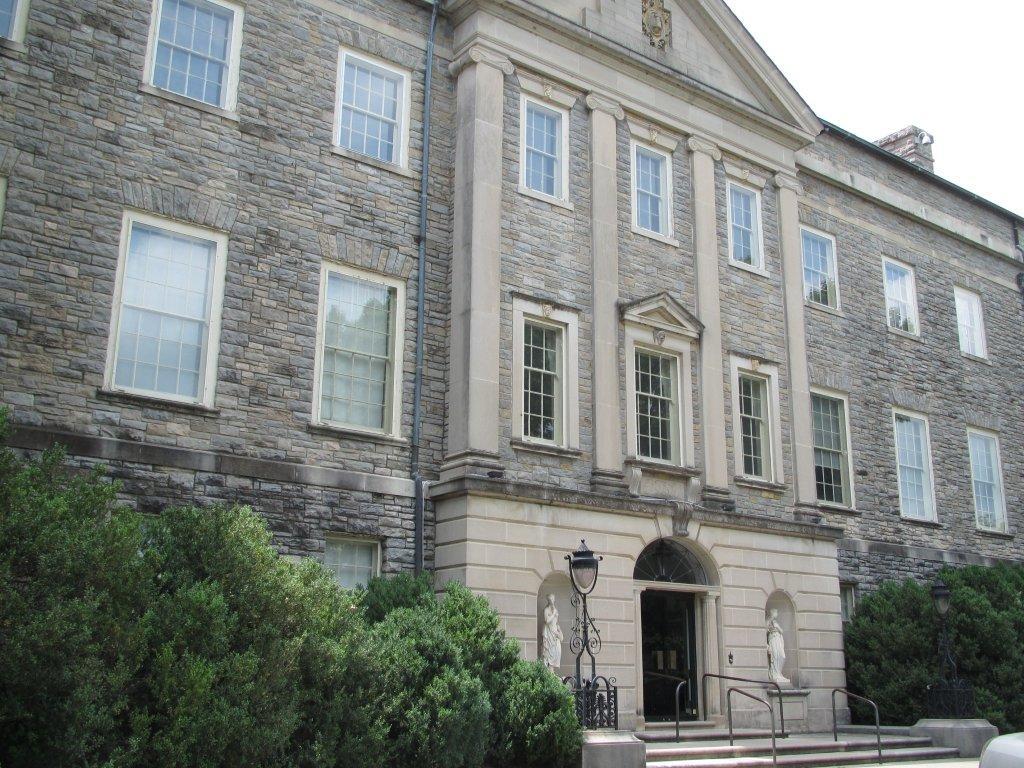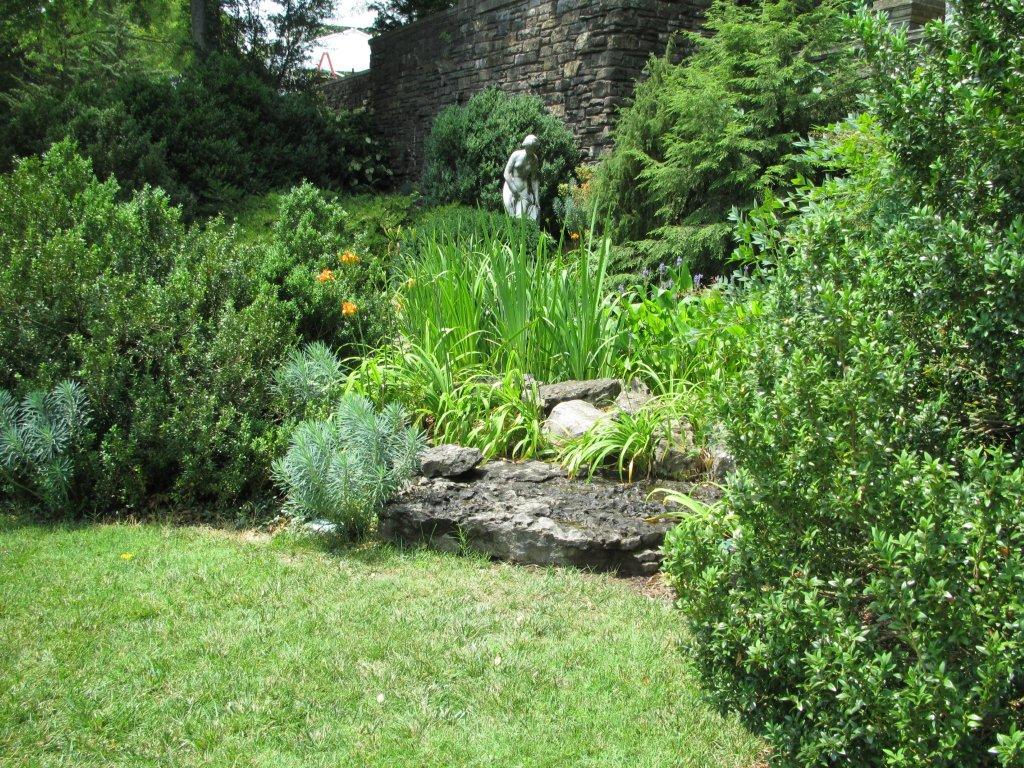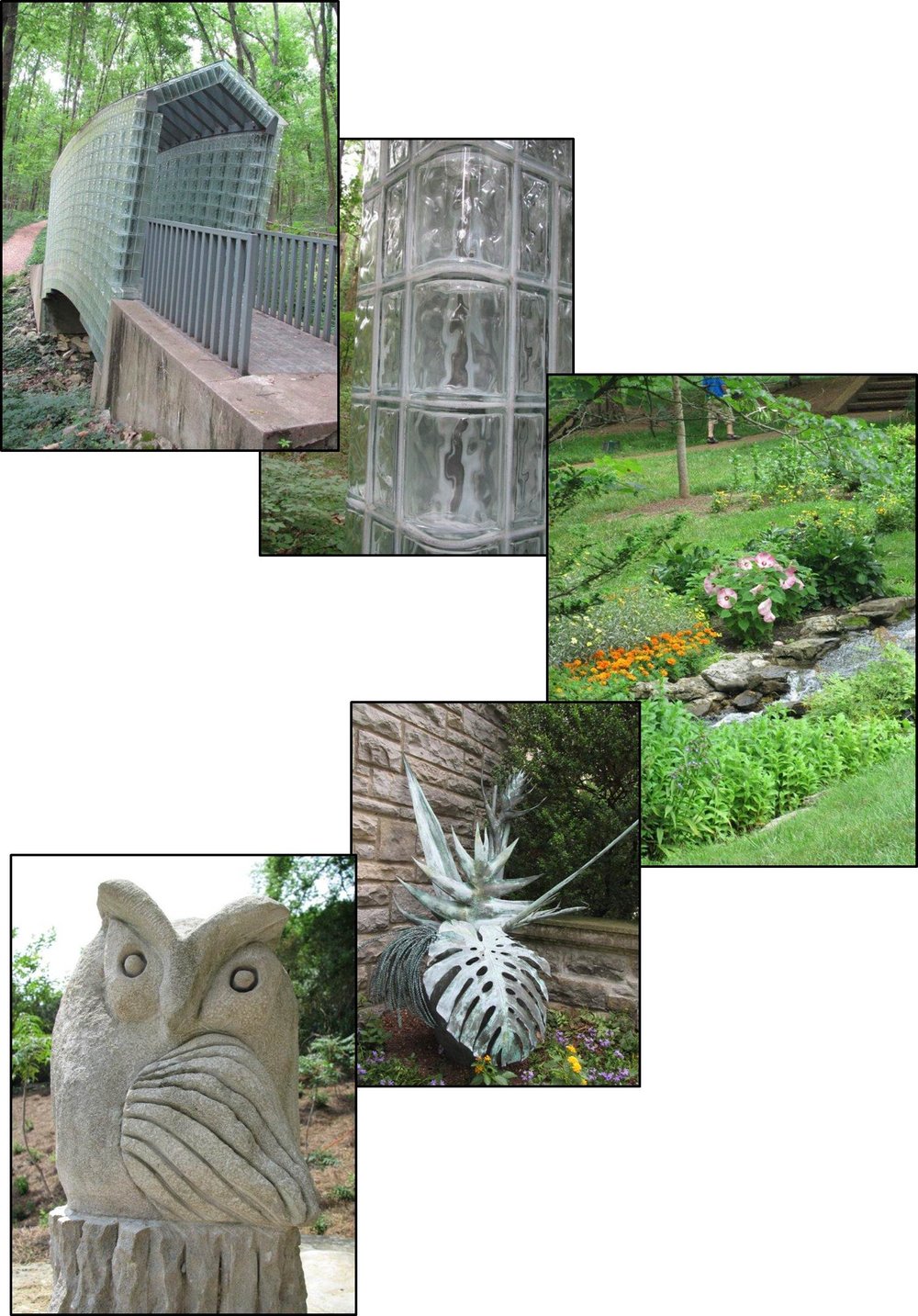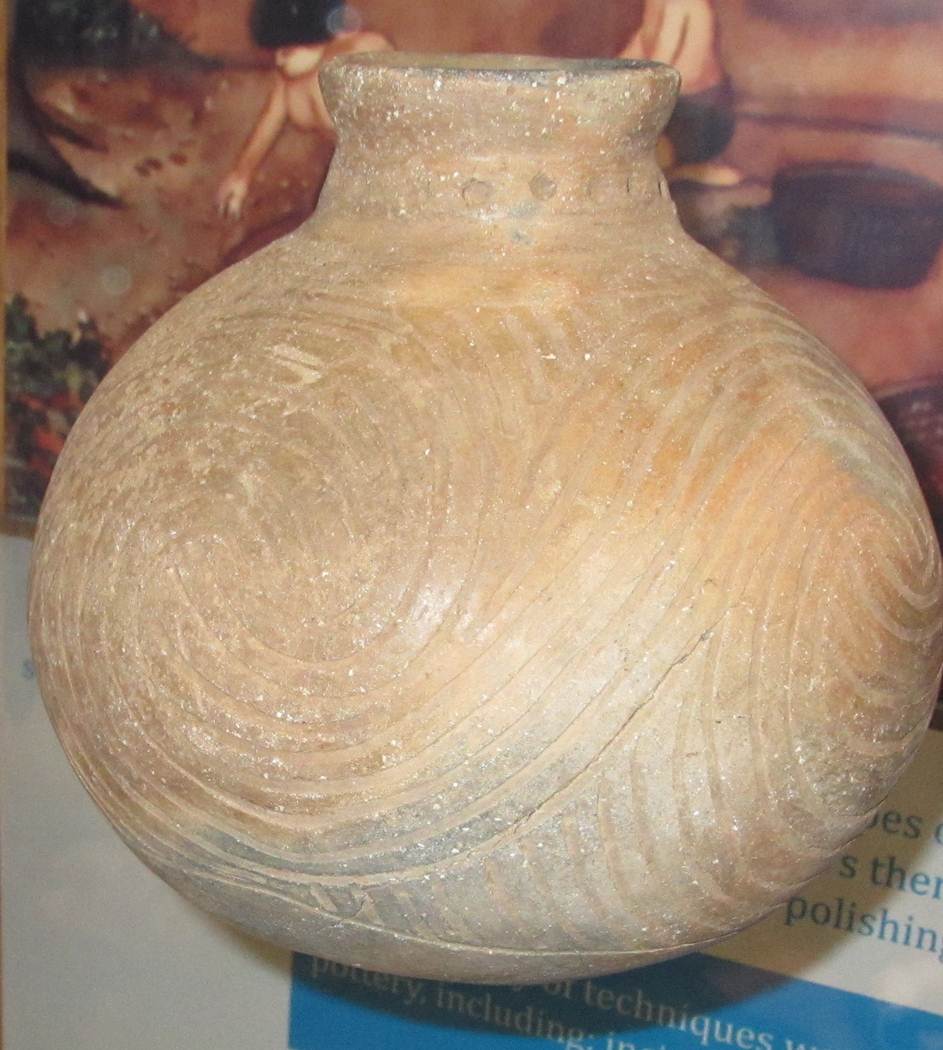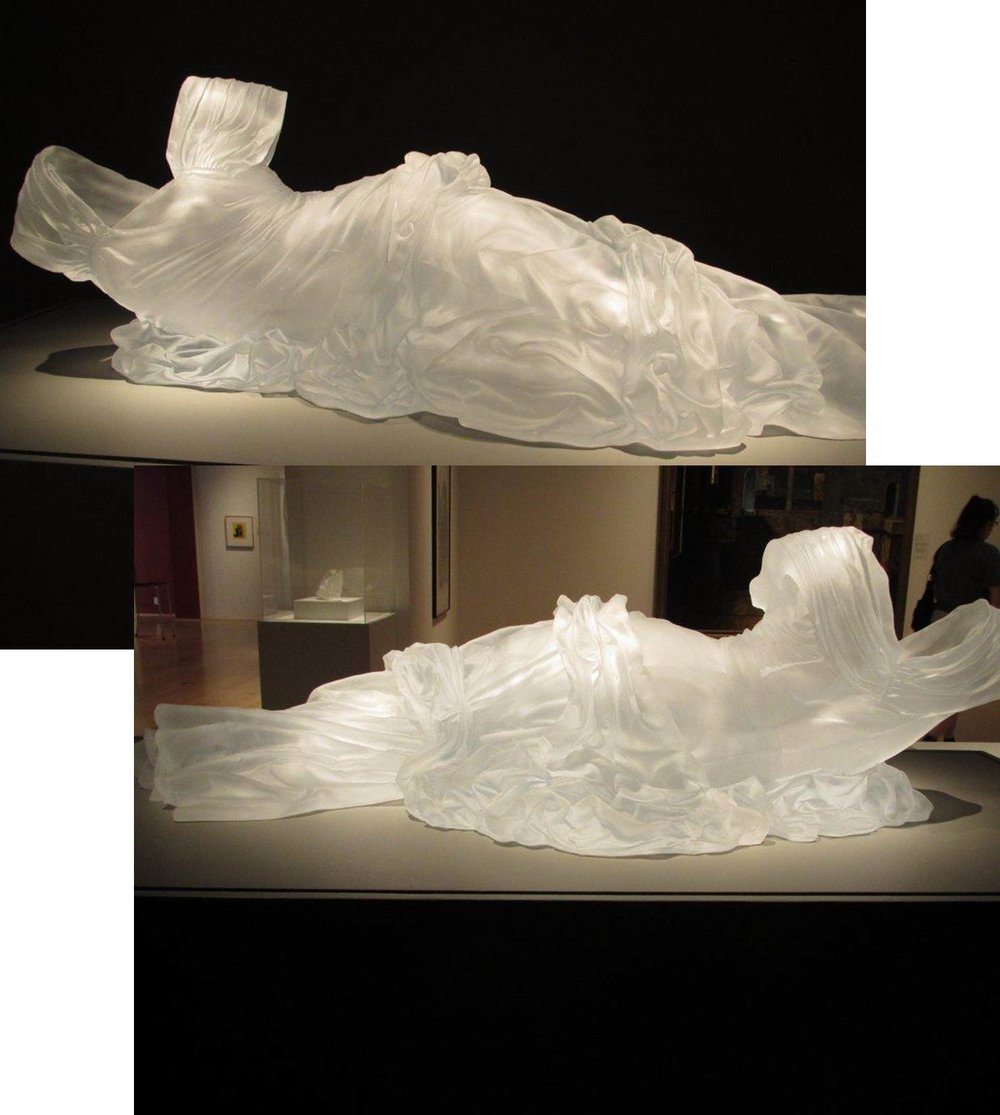The Last of 2012
/Another year is ending. It is a day to take stock of what has happened in the past year….and put off goal setting (i. e. resolutions) for the 2013 until tomorrow.
I started out 2012 knowing that it would be a transition year - from working for a big corporation to doing whatever I pleased and could afford. Some of my plans for the year did make it to reality. I posted to my blog every day and did a lot of writing ‘practice.’ Career and corporate related reading declined; the other topics increased to fill the gap. Most of my travel was planned early in the year and happened as planned - Shenandoah in the spring, Tennessee in early summer, Colorado in late summer, and New York for fall foliage. All the trips were enjoyable and kept me from getting too comfortable on home turf.
There was serendipity along the way as well: watching the heron cam at Sapsucker Woods for hours, attending a Women in Computing conference in Baltimore, volunteering for the Friends group of a local nature center, planting trees and cutting kudzu in a watershed, taking my first Coursera course and participating in the National Novel Writing month. Toward the end of the year I found myself in Texas caring for an older relative and learning more about hospitals, atrial fibrillation, and hematomas than I ever thought possible.
2012 has lived up to my expectation of it being a transition year. I am going to start thinking more about what my expectation is for 2013 for my blog post tomorrow. My initial thought is that the variety I created for myself in 2012 is something I want to continue!

